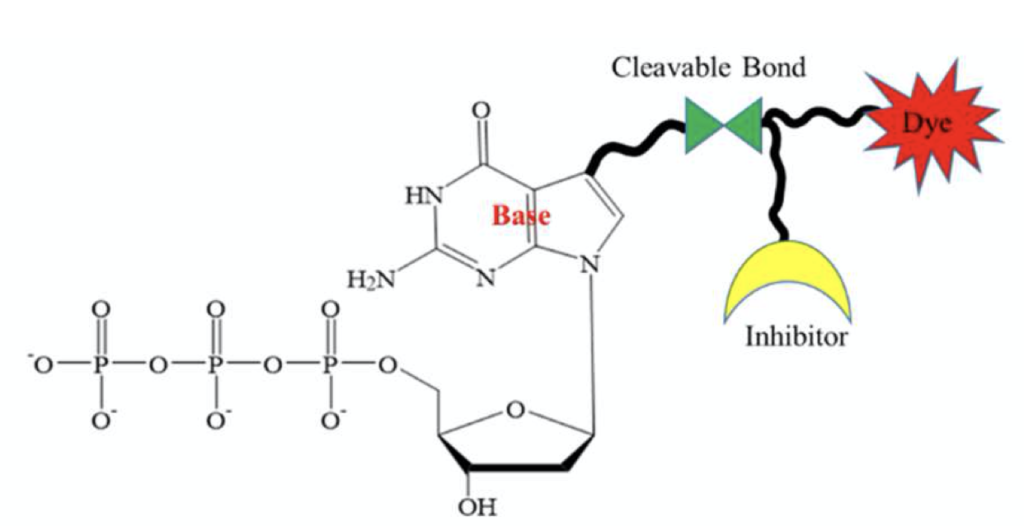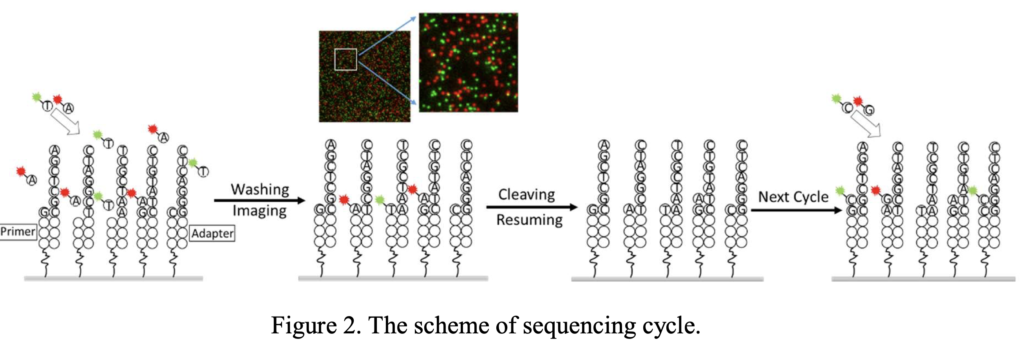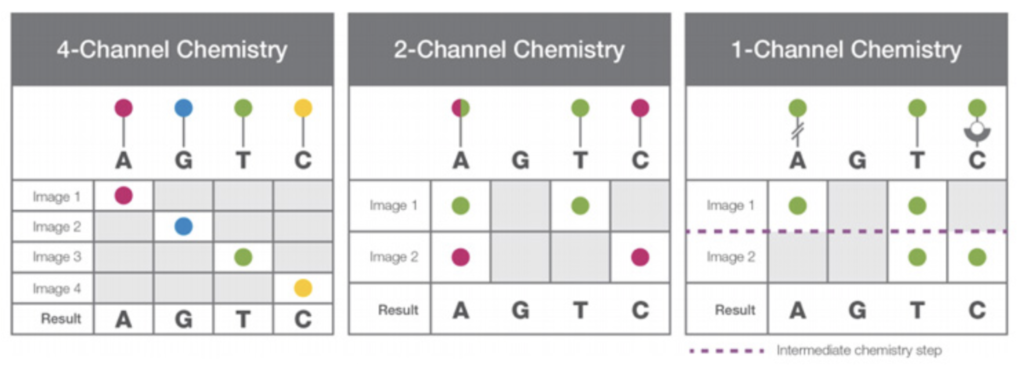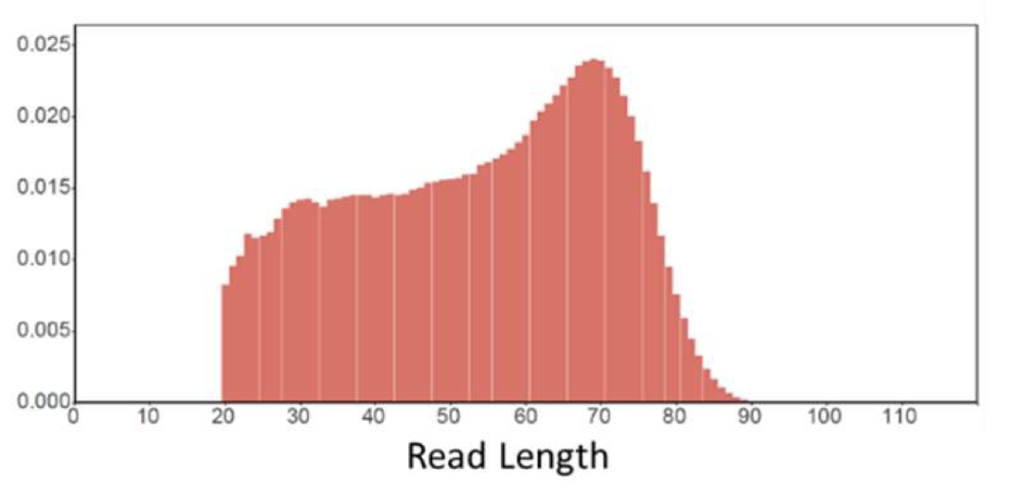GeneMind’s Single Molecule Sequencer
It’s been a while since we heard much from Direct Genomics. This Shenzhen based sequencing company was a reboot of early NGS player and Quake spinout Helicos.
The company is also notable for being founded by Jiankui He. He is the scientist responsible for the germ-line genetic editing of 3 human babies. And is reportedly serving a 3 year jail sentence.
One of the last papers referring to the Direct Genomics sequencing platform is this one from 2017. Where they discuss the Direct Genomics GenoCare single molecule sequencing platform.
With He’s jail sentence the future of Direct Genomics seemed uncertain. But it looks like the GenoCare platform still exists. Now under development by GeneMind, a Shenzhen based Biotech company founded in 2012. A couple of papers appearing this year describing the platform under their stewardship.
In particular a medRxiv paper from September this year, describes a new two color single molecule sequencing approach.
This seemingly uses the same virtual terminators as the original Helicos approach, with the dye and “terminator” sitting on the base:

GenoCare two color sequencing isn’t the same as the Illumina two color approach, and doesn’t appear to provide the same advantages. On GenoCare’s platform two terminators (C and T) are labelled with a green dye, and two others (G and A) with a red dye [1].
This means that of each cycle, 4 images still need to be acquired. One set after flowing in C and A. And another after cleaving the dyes and flowing in T and G [2]:

In contrast to this, Illumina two color sequencing incorporates information from “dark” bases. This means they can take only two images, and perform no intermediate chemistry in their two color approach:

The GenoCare two color approach therefore doesn’t provide any advantage in terms of imaging speed/performance. Though the optics is likely cheaper than a four color system, it’s unclear as to why they don’t use a two color approach similar to Illumina’s which would allow them to take only two images, with no intermediate cleavage step on the same optical system. Perhaps there are IP issues here.
The GenoCare optical system uses objective style TIRF and a sCMOS camera. This appears to generate reasonable quality images, showing an SNR of >10. There have been huge advances in single molecule imaging since Helicos and this should simplify imaging/data analysis.
However, this doesn’t seem to have translated into massive improvements in data quality. With the GenoCare system showing mismatch, insertion, and deletion error rates of 0.61%, 1.45%, and 2.76% respectively.
Reads are generally short, but usable. With a lopsided distribution heavy in short reads:

Overall, the GenoCare system has an error rate one to two orders of magnitude higher than the market dominating Illumina approach. Their optical system is likely more expensive (requiring single molecule sensitivity). And read lengths are shorter.
The sole advantage of this platform is that amplification is not required. This may simplify sample preparation, and result in lower bias for certain applications. Of course also the case for other single molecule approaches (PacBio, nanopore).
Overall, it’s difficult to see how this platform could be competitive with Illumina (or the largely similar SBS approach used by MGI)… but perhaps they’ll manage to find a way forward.
Notes
[1] “Two terminators are labeled with a green dye, whose peak fluorescent emission wavelength is 552 nm, while the other two terminators are labeled with a red dye with peak fluorescent emission at 664 nm.”. The paper doesn’t appear to not which dyes are associated with which bases, but this combination seems likely from the figures.
[2] The exact combination isn’t clear from the paper, but they can only image one red and one green labelled terminator per imaging cycle to generate an unambiguous read.